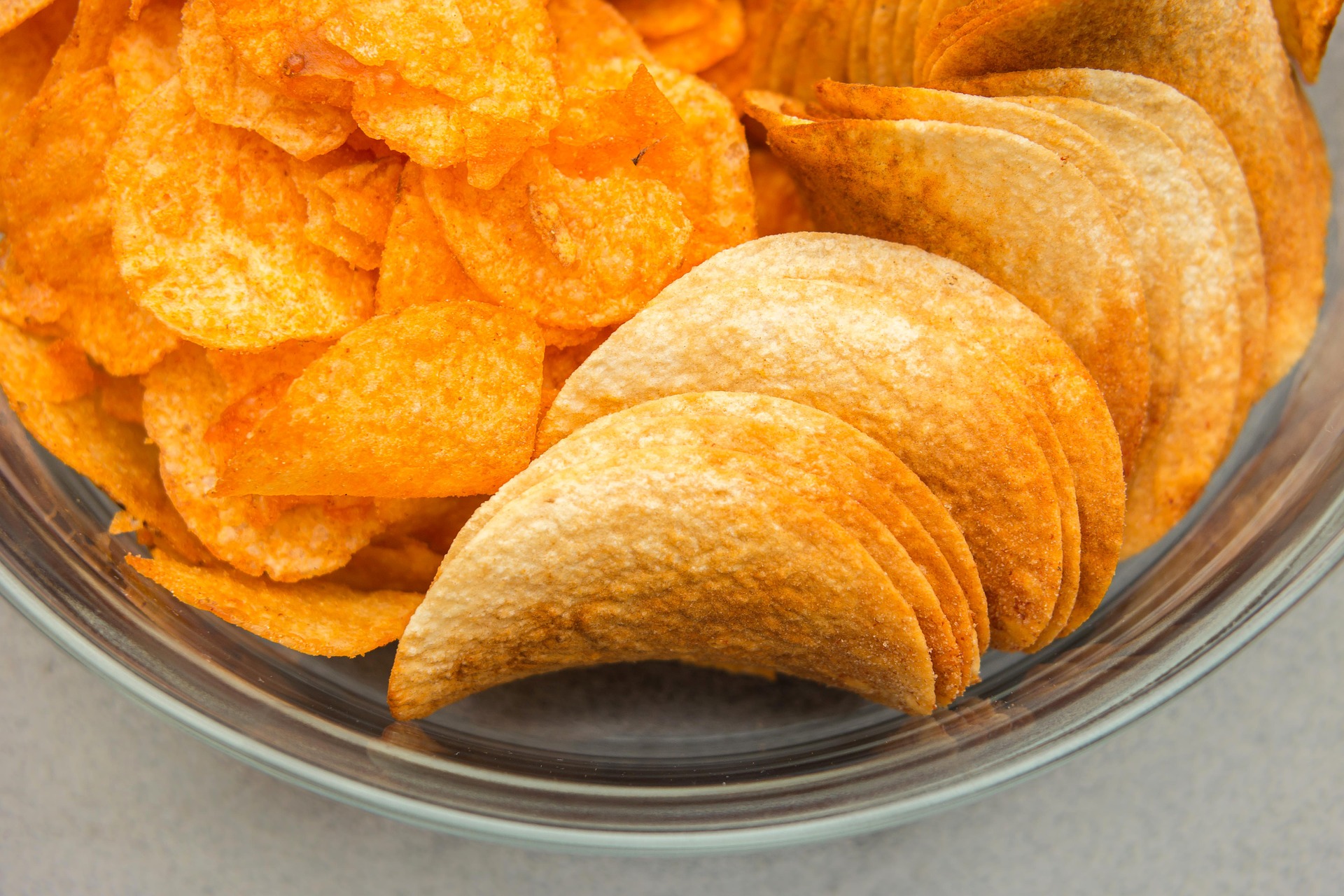Ultra bad for you foods
A time traveler transported from a century ago to a mainstream supermarket today would be astonished by the technological marvels of our food industry. Food manufacturing gradually moved from light processing to heavy, industrial processing, creating lots of convenient, flavorful, long-lasting, ready-to-eat products, made with peculiar ingredients – hard to pronounce chemical additives, preservatives, colors and flavorings. These heavily processed foods have taken over much of the global food system in the US and in many other countries.
Highly processed foods such as soft drinks, French fries, processed meats, cookies, sweetened cereals and salty snacks, make up more than half of the caloric intake of the average American.
And after decades of enchantment with the convenience of getting someone else to do our cooking, for cheap, we woke up to the realization that heavy processing carries a heavy price.
We’re paying for this inexpensive food with our heaviness and our health.
Highly processed food has been linked to rising obesity rates and high blood pressure. A recent large study found a 10 percent increase in ultra-processed food was associated with a 10 percent higher risk of overall cancer and breast cancer.
A newly published study in in Public Health Nutrition included about 12,000 Americans with no underlying illness and followed them for more than 20 years to see whether a highly processed diet affects their lifespan.
30 percent more likely to die
Highly processed foods in this study were defined as: “foods containing substances that are not typically used in culinary preparation such as hydrogenated oils, hydrolysed protein or emulsifiers, and have few whole foods. Ultra-processed foods contain industrial substances to mimic sensorial qualities of whole foods and create foods that are highly palatable.”
Participants ate highly processed foods 4 times a day on average. Those with the highest usage of ultra-processed foods did so more than 5 times a day, and tended to be male and younger. During follow up there were 2451 deaths.
There was a very clear link. Eating more ultra-processed food was associated with a 30 percent higher risk of dying, even after adjusting for demographic, socio-economic and health confounders such as smoking, weight and exercise.
A diet high in ultra-processed foods was found after analysis to be high in added sugar, fat and calories and low in fiber and micronutrients.
Low diet quality is linked to chronic diseases and premature death, that we already know, but the authors suggest that ultra-processed foods elevate the risk not only by their low nutritional value: they also contain other ingredients that may pose an extra risk. Besides the hydrogenated oils, colors and preservatives, ultra processed foods may contain hazardous contaminants and environmental chemicals: from acrylamide, polycyclic aromatic hydrocarbons, heterocyclic amines and furans in the foods, to the phthalates and bisphenol A in their packaging.
Regardless of the mechanism, the highly processed diet is probably one of the worst ways one can eat.
Not only is the highly processed diet of low nutritional value, and loaded with stuff that isn’t food, it is also designed with the specific goal of pleasing us, and manipulating our reward system. Food chemists make sure the product has a perfect sugar-fat-salt and flavor combination, the right mouthfeel and crunch, they optimize it so that it gives us maximum pleasure and ease. Drinks are designed to be chuggable. It’s a recipe for overeating, and compared with ultra-processed foods, foods in their original form are understated and pale. No zucchini or tomato can give you the flavor punch of an crunchy chip.
How to spot over-processed food?
What to look for when in the ingredient list:
Artificial ingredients: If you can’t pronounce or identify the ingredients, they’re probably chemicals, added for flavor, color, texture or preservation.
Sugars and sweeteners in large amounts (including sugar’s many incarnations, such as dextrose, evaporated cane juice etc.): Look at the “added sugar” quantity or look for sugars among top 3 ingredients of non-dessert foods. Foods with lots of added sugar are the hallmark of highly processed food, and the worst offenders are sugary drinks. Desserts and treats usually are made with plenty of sugar and sweeteners, whether highly processed or made from scratch, and those are best eaten in moderation, regardless of processing level. High-fructose corn syrup is the symbol of high processing and industrialized food (see artificial ingredients, above.)
Foods that generally belong in the highly processed category:
Fast food, most fully prepared and frozen meals, many of the mass produced chips, crackers, and highly sweetened cereals, cured meats (ham, salami, bacon, some sausages.)
Dr. Ayala
“The highly processed diet is probably one of the worst ways one can eat.”
“Not only is the highly processed diet of low nutritional value, and loaded with stuff that isn’t food, it is also designed with the specific goal of pleasing us, and manipulating our reward system.”

